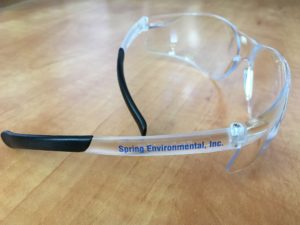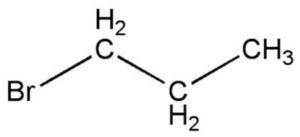On June 27, 2023, the Pregnant Workers Fairness Act that was signed into law in December 2022 went into effect. Under the law, the PWFA requires “Covered employers” to provide “reasonable accommodations” for the workers limitations during pregnancy unless the accommodation will cause the employer undue hardships. According to U.S. Equal Employment Opportunity Commission (EEOC), “Covered employers include private and public sector employers with at least 15 employees, Congress, Federal agencies, employment agencies, and labor organizations.” Some examples of reasonable accommodations that may be explored include:
• Altering scheduled break routines
• Changing of work schedules
• Variances to food and/or drink policies
• Scheduling for medical appointments or childbirth recovery
Click here to review additional information regarding the PWFA and for access to resources such as posters, videos, and training materials.



